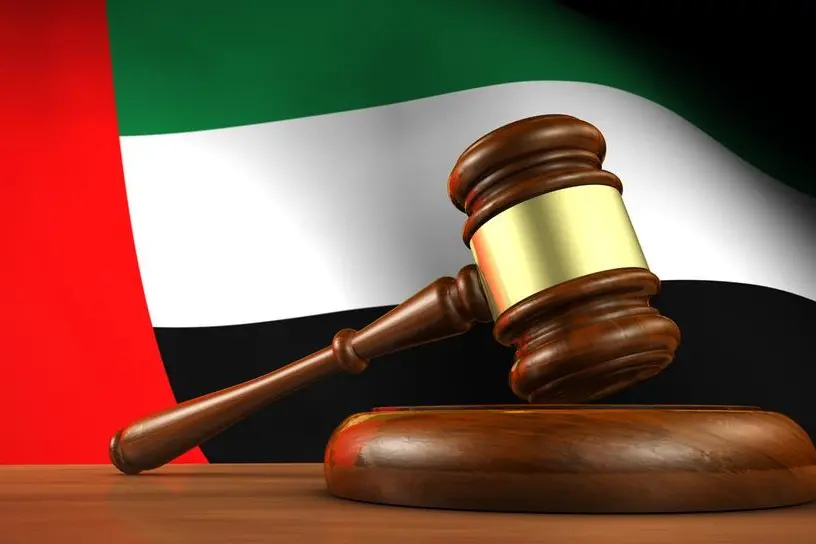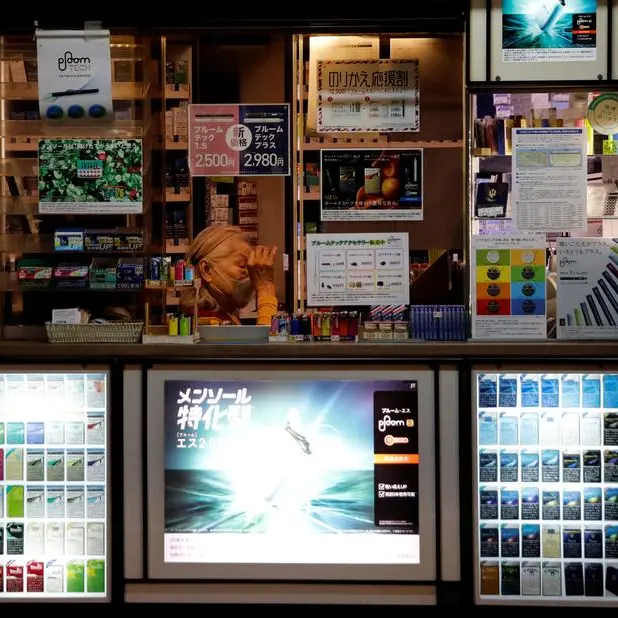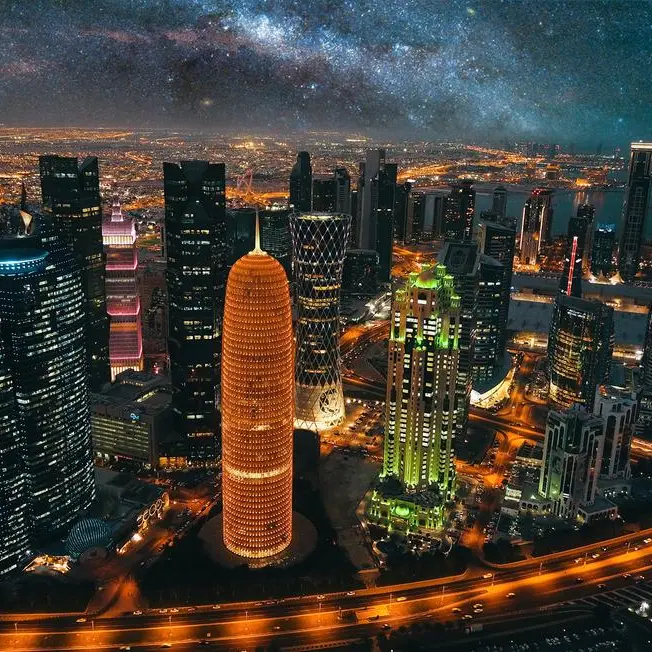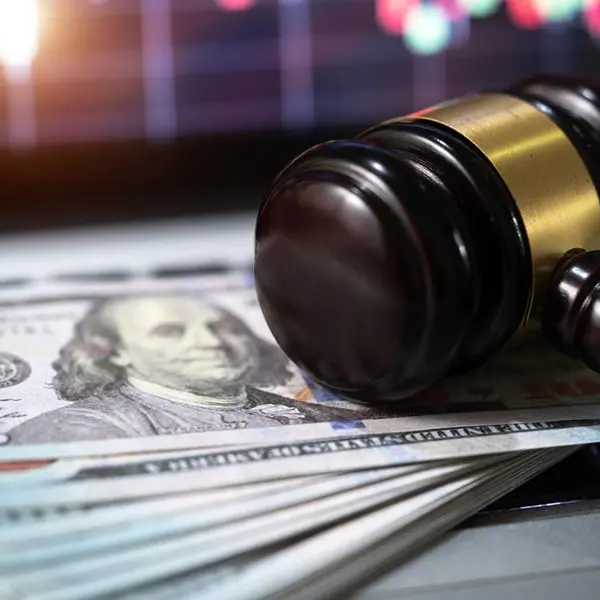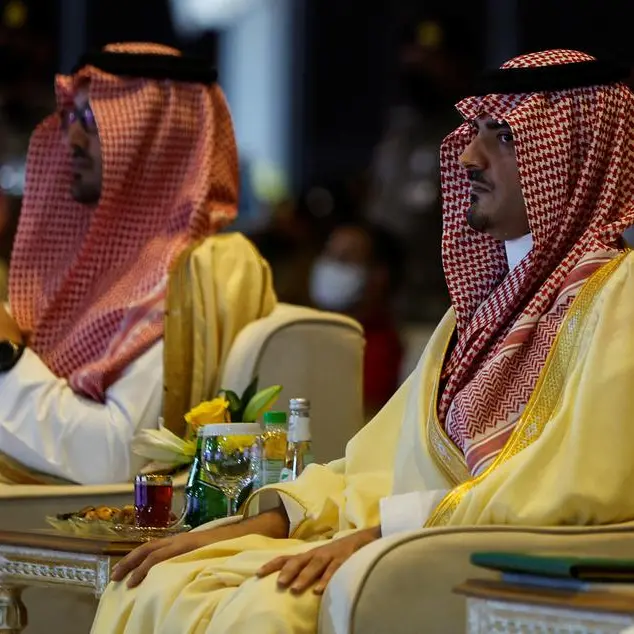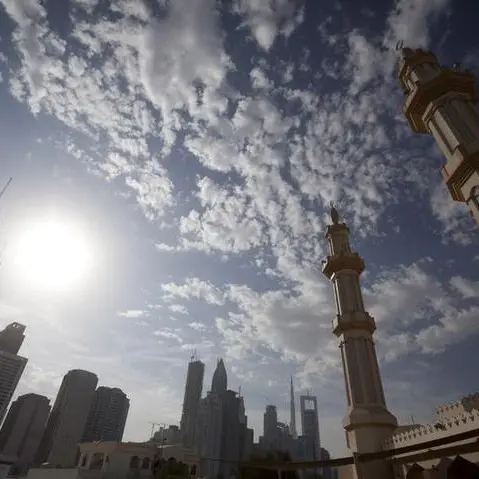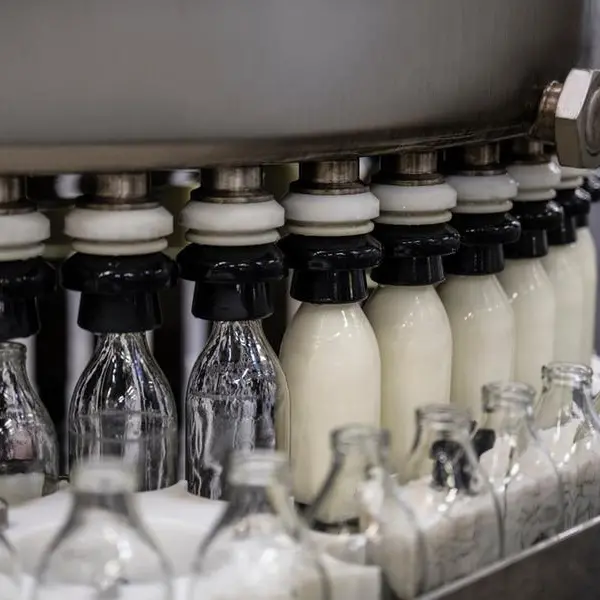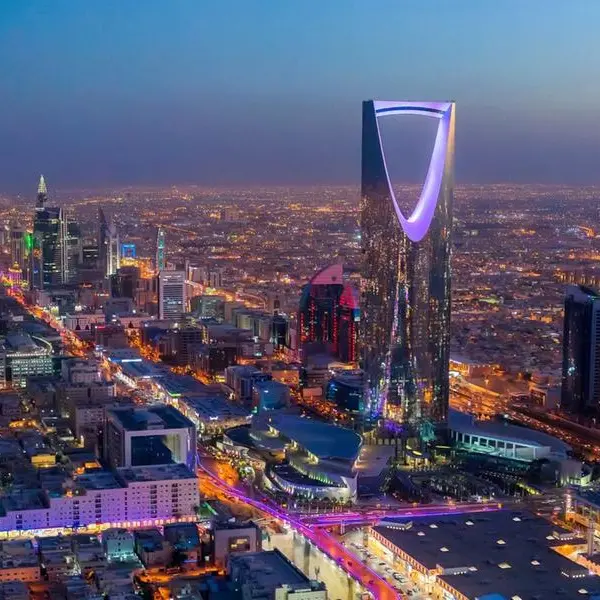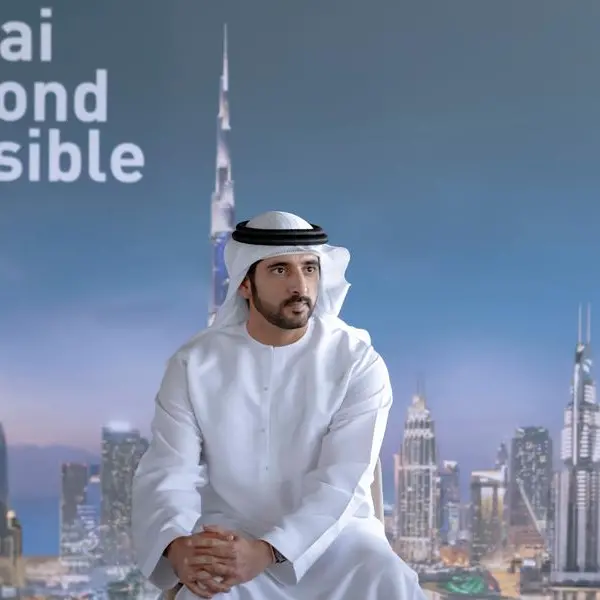PHOTO
ABU DHABI: The State Security Chamber of the Abu Dhabi Federal Appeals Court has decided to adjourn the hearing into Case No 87 of 2023- State Security Offenses, involving the terrorist “Justice and Dignity Committee Organisation” to the session of 7th March, to hear pleadings from the counsels representing 84 defendants, including accused individuals and entities.
The case concerns members of the terrorist Muslim Brotherhood Organisation committing crimes related to establishing and managing a terrorist organisation, as well as money laundering proceeds from forming a clandestine terrorist organisation.
The Public Prosecution had concluded their pleas, which extended over two separate sessions, during which they confirmed that this case is completely different from case number 79 of 2012 State Security Offenses, and is not a retrial of the defendants according to the evidence presented in the public session, which included confessions and statements of the defendants. The confessions were consistent with the investigations of the State Security Apparatus, and the testimonies and reports of the experts who were assigned to monitor and analyse the activities of the defendants.
The Public Prosecution demanded the maximum statutory sentence on the defendants, based on Article 88 of the Penal Code, which states that if crimes were committed for a single purpose and were inextricably linked, they must be considered a single crime and the punishment prescribed for the most serious of those crimes must be imposed. Article 90 of the Penal Code also states that if the perpetrator in the case provided for in Article 88 of this law has been convicted of a crime punishable by a lesser penalty, he must then be tried for the crime that is punishable by the maximum penalty. In this case, the court shall order the execution of the punishment imposed in the latter judgment, after deducting what was actually executed from the previous judgment.
Terrorist “Justice and Dignity Committee Organisation”
The Public Prosecution's pleadings extended over two separate sessions. In the first session, which lasted for about 5 hours and was attended by the defendants' counsels, their families, and media representatives, the prosecution presented their evidence against the defendants on charges of establishing and managing a clandestine terrorist organisation in the UAE (The Justice and Dignity Committee), for the purpose of committing terrorist acts and collecting and laundering money to serve the organisation.
The prosecution presented evidence against the defendants, including confessions of one of the defendants that the organisation studied the events that coincided with the so-called "Arab Spring Revolutions" in order to create a similar revolutionary model in the UAE.
The defendant also confessed that the first and second defendants proposed the establishment of the terrorist "Justice and Dignity Committee" organisation as a clandestine organisation separate from the "Reform Call" terrorist organisation, with the intent to instigate a violent revolution that would involve clashes with security personnel, resulting in deaths and the disruption of essential state functions.
The defendant also confessed that the method of the aforementioned terrorist organisation relied on cultivating widespread anger and resentment within society, seeking to manipulate these emotions into mass street protests that would inevitably turn violent through confrontations with security forces, potentially leading to casualties and injuries.
The organisation would then exploit this as fuel to increase resentment and promote it in the media, both domestically and internationally, in order to obtain support from external organisations. The defendant also confessed that the organisation established teams and identified their tasks and members.
The defendant also confessed that the organisation planned to stage a public demonstration in a well-known square in the country.
The defendant concluded his confessions by stating that the meeting of the organisation's members in the second defendant's house clearly demonstrates the true nature of the terrorist organisation, its purpose, and its method of inciting chaos, even if it leads to bloodshed and loss of life.
Organisational Structure and Five Teams
The Public Prosecution presented to the audience the organisational structure of the terrorist Justice and Dignity Committee Organisation, which was headed by the second defendant. The organisation consisted of five teams:
• The Electronic Team: This team was responsible for spreading news on the internet and social media platforms that would incite public opinion.
• The Legal Team: This team was responsible for communicating with local, regional, and international legal organisations.
• The National Team: This team was responsible for mobilising notables and intellectuals in the country against what they called "violations by the security services."
• The Media Team: This team was responsible for creating accounts on social media platforms, publishing tweets and news, and carrying out media campaigns. The team also trained the organisation's youth on how to incite public opinion on the internet and try to prepare people's minds for the idea of a "revolution."
• The External Action Team: This team was responsible for facilitating the escape of the organisation's members from the country, coordinating with the other Muslim Brotherhood organisations in the Gulf to support the fugitives, and working to organise media campaigns against the State's institutions from abroad.
Evidence Proving Management of the Organisation and its Activities, Purposes
The Public Prosecution reviewed documents proving the defendants' involvement in inciting public opinion and undermining citizens' confidence in State institutions in order to create a state of tension in society that could explode. The prosecution presented a document proving that some members of the organisation met at one of their homes, and this document shows the attendees discussing a proposal to "raise questions to incite public opinion."
The prosecution also presented documents that were seized from one of the defendants, which included a plan to translate news, articles, and incitement reports into English, and to contact media outlets, including 27 foreign media platforms, and provide them with archival material. The plan also included holding a series of meetings with prominent journalists from foreign countries on the pretext that there was a state of discontent in the society, so that the foreign media would cover it.
The Public Prosecution also presented a video clip proving that one of the defendants incited students to go out into the streets, film it, and circulate it on social media platforms in order to incite this segment of society to protest in the streets to pressure State institutions.
The Public Prosecution also presented pictures of tweets by one of the defendants in which he compared "Tahrir Square" in Egypt to one of the famous squares in the country, symbolising it as a “square for revolution”.
Electronic Monitoring and Report by a Committee of Media Experts
In its presentation of evidence, the Public Prosecution relied on a report by a committee of media experts that was formed to analyse the organisation's media and electronic activity. The committee concluded that this activity was carried out in a systematic manner with a unified approach, and that the defendants deliberately sought to create a state of popular anger, incite public opinion, and incite it, target national unity, cast doubt and belittle the success of the country's development model, generate a state of anger, and create a state of tension and direct the collective mind towards accepting the idea of gathering and protesting.
The Public Prosecution commented on the report of the media committee, stating that the committee's findings from electronic monitoring and analysis of the defendants' accounts, what they published on social media platforms, and their media activity, indicate the correctness of the investigation findings, witness testimony, and the defendant's confession, confirming the existence of an electronic media plan that matches his confession.
Audio Recordings and Confessions of Defendants
The Prosecution also presented the defendants' confessions to paying monthly sums of money to the organisation, facilitating the holding of meetings of its members in their homes, exploiting the so-called "Arab Spring Revolutions" to serve the agendas of the terrorist organisation, and inciting people to take to the streets and stage demonstrations.
The Public Prosecution also presented audio recordings proving that the defendants distributed the tasks of the teams in the terrorist "Justice and Dignity Committee" organisation, in addition to using university students and activists to serve the purposes of the organisation, and seeking the help of others from outside the organisation to give the impression that public opinion is interacting with them.
Money Laundering Proceeds from Activities of the Illegal ‘Reform Call’ Organisation
In the second public session, the Public Prosecution addressed in its pleas the charge of money laundering proceeds from the crimes of establishing and founding a secret terrorist organisation. The prosecution confirmed that the members of the organisation established two companies as fictitious economic arms to launder the proceeds obtained, which were collected through monthly subscriptions from the members of the organisation, in addition to collecting donations illegally.
Monthly Subscriptions, Fundraising, and Other Forms of Support for the Organisation
The Public Prosecution presented the testimony of a witness who confirmed that the secret terrorist organisation relied on several sources of funding, namely subscriptions imposed on the members at a rate of 5% of the monthly income of employees and 1% of the profits of those working in the field of trade or professionals.
The witness also confirmed that the collection and transfer of money was carried out in a secret organisational manner, in addition to collecting donations, charities, and Zakat money from some individuals, in addition to donations from members of the organisation.
The Public Prosecution presented the confession of one of the defendants (the financial manager) about illegally collecting donations and monthly subscriptions and placing them in a safe in his house, on the condition that he would hand them over to the heads of the central committees of the organisation based on the instructions of the members of the organisation's board of directors.
The prosecution presented a document obtained from the computer of the aforementioned defendant, which included a statement of the funds that were collected monthly in one year. A document written in the defendant's handwriting was also presented, in which he mentioned some of the amounts received, along with another document related to donation money.
Companies to Invest the Organisation's Illegal Funds
The aforementioned witness also confirmed that the organisation established a financial entity through which the Group could be financed through real estate investments, whether in their personal names or in partnership with others. The two companies mentioned above contributed to the establishment of two other companies, and the aforementioned companies worked to disguise the origin and nature of their illegal funds by channeling them into a variety of projects within the country. They camouflaged these funds by merging them with other legitimate commercial activities, hiding them from the scrutiny of security services.
The witness testified that the organisation deliberately used a chain of companies to mask the true source of the funds. This intentional obfuscation, achieved through transfers between companies, aimed to make it extremely challenging to trace the money back to its origin.
Obtaining Bank Loans to Hide Oganisation's Illegal Funds in Financial Institutions
The Public Prosecution presented evidence of suspicious funds being transferred between these companies, as planned by an organisation member, who exploited his position in one of the banks in the UAE, to purchase assets, shares, and real estate in the name of the aforementioned companies, for the purpose of laundering the funds.
The Public Prosecution relied on the testimony of two members of the Financial Review Committee formed under the Public Prosecution's decision on the investigations from the Financial Intelligence Unit, which confirmed, after scrutiny, that the terrorist organisation committed the crime of money laundering through 6 interconnected companies, contracting with several banks in the country and using the funds to invest in financial and real estate assets, aiming to grow their capital.
After meticulously reviewing defendants' confessions, testimonies of 8 witnesses, reports from the Media Committee and Financial Intelligence Unit, and other supporting evidence, the Public Prosecution delivered its final arguments. They demanded the maximum sentence for the defendants, citing their proven intent to inflict harm on the community, endanger public safety, and jeopardise state institutions.
